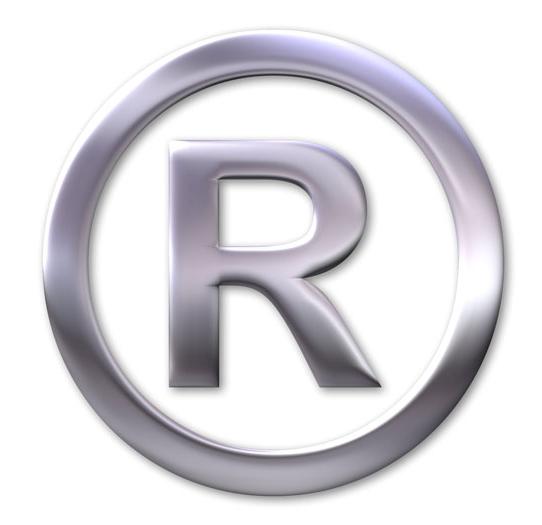the infringer, uses a trademark which is
identical or confusingly similar to a
trademark owned by another party”
One of the main functions of a trademark is to prevent consumer confusion. For example, a consumer knows that he or she can get the same quality food in a McDonalds in Malaysia as he or she can from a McDonalds in Singapore. Trademark law is designed to prevent competitors from confusing customers into thinking that they are buying products or services from a well-known and trusted source, when in reality, this is not the case.
Infringement of your Trademark is a violation of the exclusive rights attached to your trademark. However, the infringement only applies when there is no permission given by the trademark owner or any of its licensees. Infringement may occur when one party, the infringer, uses a trademark which is identical or confusingly similar to a trademark owned by another party. This only applies if the trademark is in relation to products or services which are identical or similar to the products or services which the registration covers and in the same classification of goods.
“If you have not registered
your trademark, you have no right
to proceed with infringement proceedings.”
When the marks, products or services are not identical, similarity will generally be assessed by reference to whether there is a likelihood of confusion that consumers will believe the products or services originated from the trademark owner. The violation based on likelihood of confusion arises when two trademarks are exactly alike or so strikingly similar that the consumer can’t see the difference. The main reason behind such confusion is that firms are usually dealing with ordinary customers with imperfect memory of goods that they find in the market. In such a case, a trademark infringement can cause commercial damage to the firm that owns the genuine trademark.
Trademark protection to certain words or logos does not only make sure that the customers are not confused by fake products but also allow the trademark owner to take legal action against fraudulent persons or companies.
If you have not registered you trademark, you have no right to proceed with infringement proceedings. In view of the above, we at Eurogain wishes to emphasise the importance of registering your trademark.
For any questions about Trademark and infringement please do not hesitate to contact us:
EUROGAIN Group
Call: 603-9100 1050
Email: info@eurogain.com.my
Contact: Kevin Kiew, Dennis De Witt or Felicia Lee





